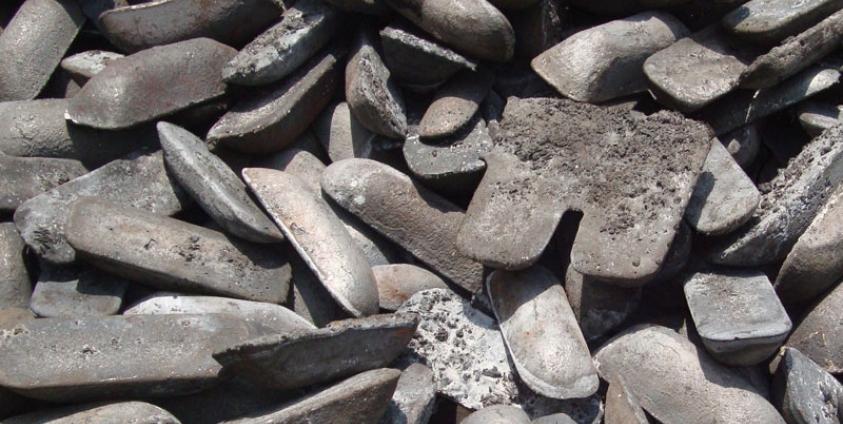The Russian engineered iron metallurgical plant in Shan State’s Pang Pet Iron ore mine has reached its first stage of completion. Producing “slag” for commercial use for the construction of roads and buildings.
The technology is from the Russian National University of Science and Technology MISiS, it allows low-carbon iron ores to be processed without pre-enrichment and result in a commercial product – pig iron ingots.
When the plant is running at full capacity it will be able to produce 200,000 tonnes of pig iron per year, a satisfactory increase for the emerging South East Asian country.
Pig iron is the intermediate product of smelting iron ore and gets its name as it is forged of the main branch of iron and has an appearance of piglets suckling from a sow.
Even though the plant is not fully operational at this stage it is an important first stage as it allows the plant to begin operations, which will help with the development of metallurgy knowledge in Myanmar.
NUST MISiS claims that their technology can lower production costs and reduce waste from the plant and possibly even non-waste products.
“The process that has been developed at NUST MISiS allows us to conserve resources and deal with environmental challenges”, said AlevtinaChernikova, Rector of NUST MISiS.
“Our scientists’ development has shown that energetic coal, low-carbon ores and even metallurgical waste are suitable for the smelting of pig iron using this technology, whereas a blast furnace requires particular lump ores and crozzling coal.”
The construction work has been overseen by Myanmar national, Mr. Min Tu.
In 2014, Myanmar confounded industry analysts by becoming the third biggest tin producing country in the world, showing that it has potential in the metallurgical industry.








